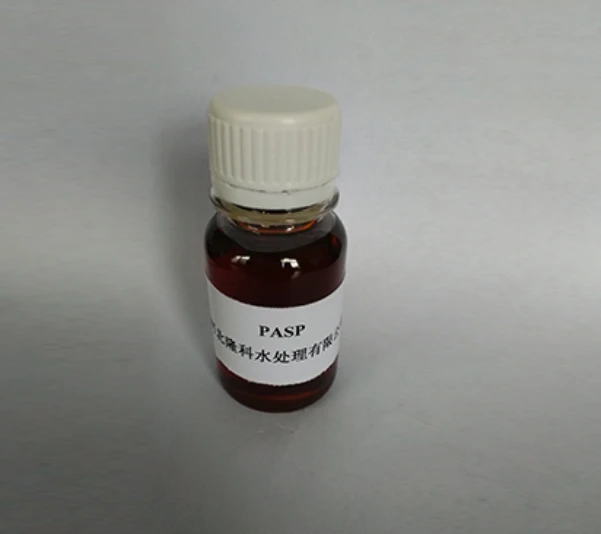Application of Poly Aluminium Chloride in Effluent Treatment Processes
Poly Aluminium Chloride in Wastewater Treatment
Wastewater treatment is a critical process in modern environmental management, aimed at reducing pollution and conserving water resources. Among the various chemical coagulants used in this field, Poly Aluminium Chloride (PAC) has emerged as a widely adopted agent due to its effectiveness and versatility. This article explores the role of PAC in wastewater treatment, its benefits, and its application processes.
Poly Aluminium Chloride is an inorganic polymer with a general formula of Aln(OH)mCl(3n-m), where 'n' indicates the degrees of polymerization. It is produced by the reaction of aluminium hydroxide with hydrochloric acid and is available in various forms, including powder and liquid. The unique properties of PAC stem from its high charge density and adjustable molecular weight, allowing it to effectively coagulate suspended particles and colloids in wastewater.
One of the primary advantages of using PAC in wastewater treatment is its superior performance compared to traditional coagulants such as alum. PAC can operate effectively over a broader pH range (typically 6 to 9) and requires a lower dosage to achieve the desired water quality, translating to cost savings and minimized sludge production. Its rapid sedimentation properties also contribute to quicker processing times, making it a preferred choice in both municipal and industrial wastewater treatment plants.
In the coagulation process, PAC interacts with negatively charged particles in the wastewater, neutralizing their charge and facilitating their aggregation into larger flocs. These flocs can then be easily removed through sedimentation or filtration techniques. The efficient floc formation results in improved removal rates of turbidity, suspended solids, and a range of contaminants such as heavy metals and organic compounds.
poly aluminium chloride in wastewater treatment

Moreover, the application of PAC in wastewater treatment extends beyond simple coagulation. It plays a significant role in enhancing the overall treatment process by aiding in the removal of Phosphorus and improving the final effluent quality. This can result in reduced environmental impacts, as treated water meets or exceeds regulatory effluent standards.
Another consideration in choosing PAC for wastewater treatment is its minimal residual effects compared to other coagulants. PAC generally leaves less residual aluminium in treated water, thereby reducing potential health risks. This aspect is crucial, particularly in applications involving potable water or sensitive ecosystems.
Despite its many advantages, the use of PAC is not without challenges. Effective implementation requires careful control of dosage and understanding of wastewater characteristics, as overdosing can lead to issues such as excess sludge and instability in the treatment process. Therefore, continuous monitoring and optimization are paramount for achieving optimal results.
In conclusion, Poly Aluminium Chloride represents a significant advancement in wastewater treatment technologies. Its enhanced coagulation capabilities, cost-effectiveness, and environmentally friendly profile make it a valuable asset in both municipal and industrial applications. As global water scarcity and regulatory pressures intensify, the continued research and innovation surrounding PAC will likely contribute to more efficient and sustainable wastewater treatment solutions in the future. The adoption of PAC not only improves water quality but also supports broader environmental sustainability goals, demonstrating the essential role of chemistry in addressing contemporary challenges.
-
Water Treatment with Flocculant Water TreatmentNewsJun.12,2025
-
Polymaleic AnhydrideNewsJun.12,2025
-
Polyaspartic AcidNewsJun.12,2025
-
Enhance Industrial Processes with IsothiazolinonesNewsJun.12,2025
-
Enhance Industrial Processes with PBTCA SolutionsNewsJun.12,2025
-
Dodecyldimethylbenzylammonium Chloride SolutionsNewsJun.12,2025





